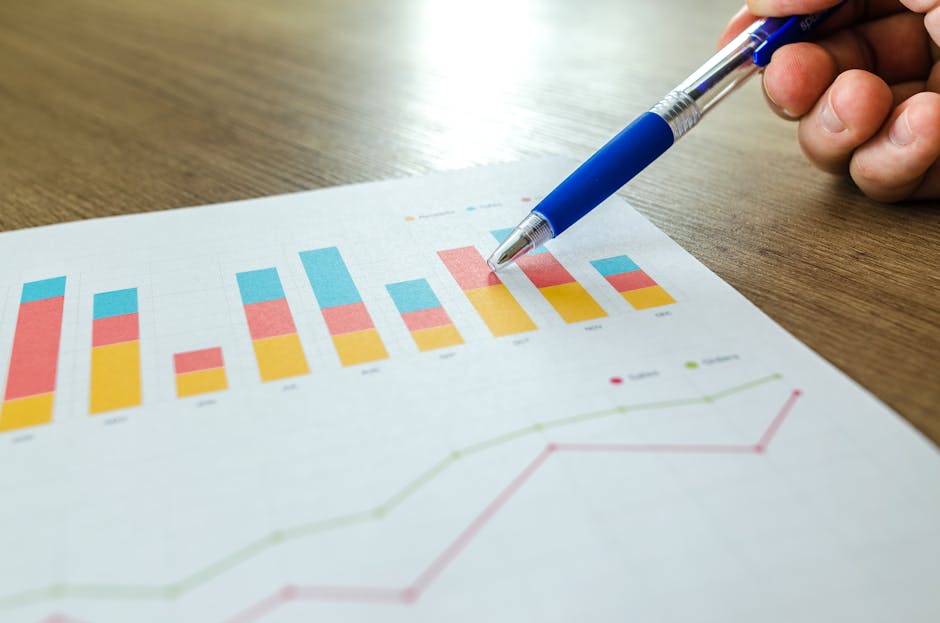Top On-Page SEO Techniques to Boost Your Rankings

Optimizing your website for search engines is a critical task to enhance its visibility and ranking. On-page SEO, which involves optimizing individual web pages, plays a pivotal role in this process. It encompasses various techniques that ensure your content is well-structured, relevant, and accessible to both search engines and users. By focusing on these methods, you can significantly improve your site's performance in search engine results pages (SERPs).
1. Keyword Research and Usage
Effective keyword research is the foundation of on-page SEO. Identifying the right keywords involves understanding what potential visitors are searching for and how these terms align with your content. Tools like Google's Keyword Planner and Ahrefs can help you find high-volume, low-competition keywords.
Once you've identified your target keywords, strategically incorporate them into your content. This includes placing them in the title tag, meta description, headers, and throughout the body text. However, avoid keyword stuffing; instead, aim for a natural and informative flow.
Here are key areas to include your keywords:
- Title Tags
- Meta Descriptions
- Headers (H1, H2, H3)
- Body Content
- URL Slugs
2. Optimizing Title Tags and Meta Descriptions
The title tag and meta description are essential elements of on-page SEO as they provide a preview of your content in SERPs. The title tag should be concise, descriptive, and include your primary keyword. A well-crafted title can significantly impact click-through rates (CTR).
The meta description should provide a brief yet compelling summary of the page's content. It should be around 150-160 characters and include relevant keywords without being overly promotional. Both the title tag and meta description must be unique for each page to prevent duplication issues.
3. Quality Content Creation
Creating high-quality, valuable content is crucial for on-page SEO. Search engines prioritize content that provides value to users, which means your articles should be well-researched, comprehensive, and engaging. Aim to cover topics in-depth and provide actionable insights.
Your content should also be regularly updated to remain relevant. Use multimedia elements like images, videos, and infographics to enhance user engagement and break up long text blocks. These elements can also improve dwell time on your site.
4. Header Tags Optimization
Header tags (H1, H2, H3) help structure your content and make it easier for search engines to understand its hierarchy. The H1 tag should include your primary keyword and clearly define the main topic of the page.
Subsequent header tags (H2, H3) should be used to organize subtopics and related points within the article. This not only improves readability but also helps search engines index your content more efficiently.
5. Internal Linking Strategy
Internal linking involves linking one page of your website to another relevant page within the same domain. This helps search engines discover new content and understand the structure of your site.
A good internal linking strategy distributes link equity across pages, enhancing their chances of ranking higher in SERPs. Use descriptive anchor text that includes relevant keywords to help both users and search engines understand the context of the linked page.
| SEO Technique | Description |
|---|---|
| Keyword Research | Finding high-volume, low-competition keywords to target. |
| Title Tags & Meta Descriptions | Optimizing these elements with primary keywords to enhance CTR. |
| Quality Content Creation | Producing valuable, engaging content that covers topics in-depth. |
| Header Tags Optimization | Using H1, H2, H3 tags to structure content hierarchically. |
| Internal Linking Strategy | Linking relevant pages within the site to distribute link equity. |
6. Page Load Speed Optimization
The speed at which your website loads can significantly impact user experience and search rankings. Google considers page load speed as a ranking factor; thus, it's essential to ensure that your site loads quickly on both desktop and mobile devices.
Several techniques can help improve page load speed:
- Compressing images and files
- Minimizing HTTP requests
- Using browser caching
- Reducing server response time